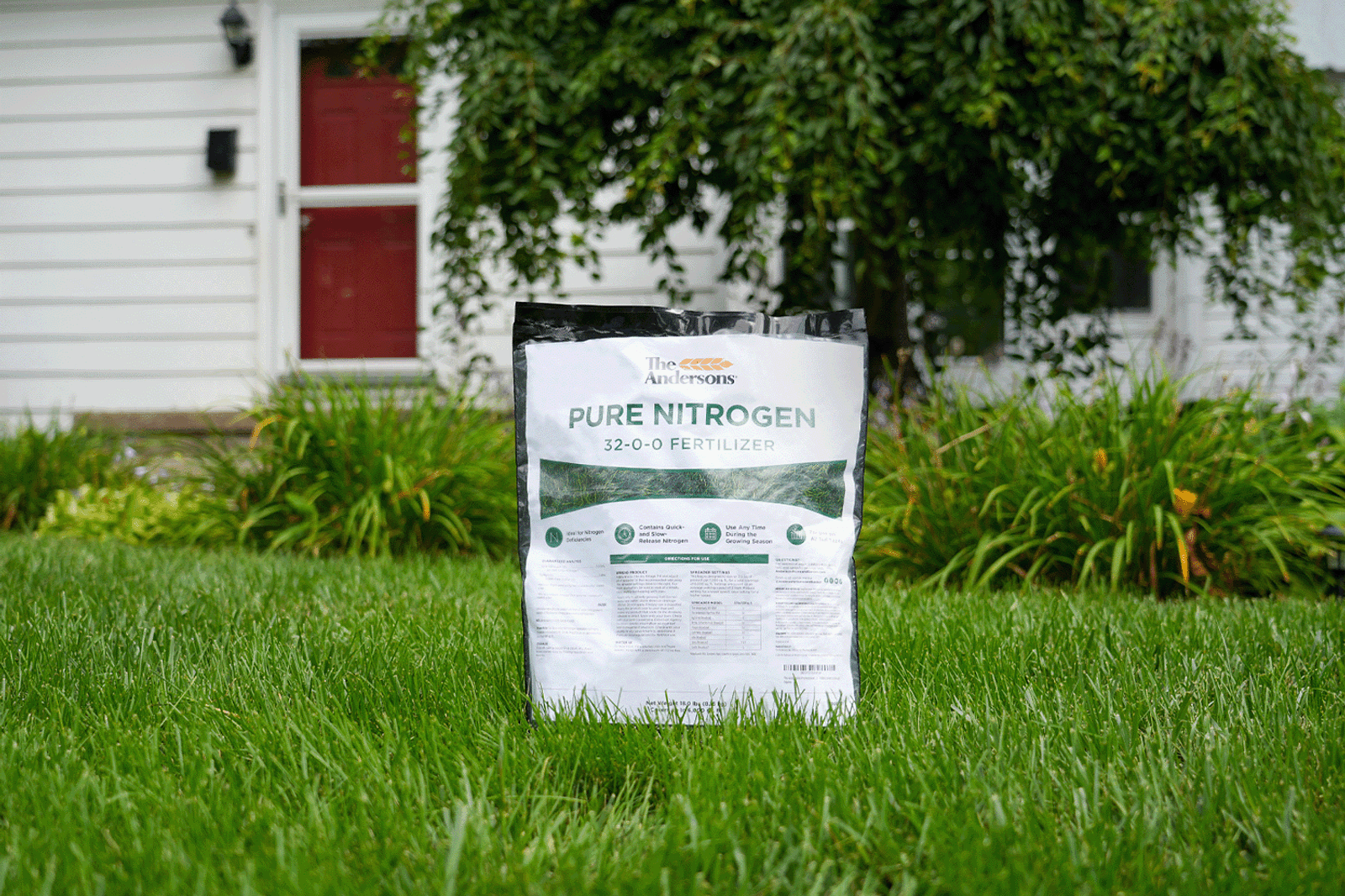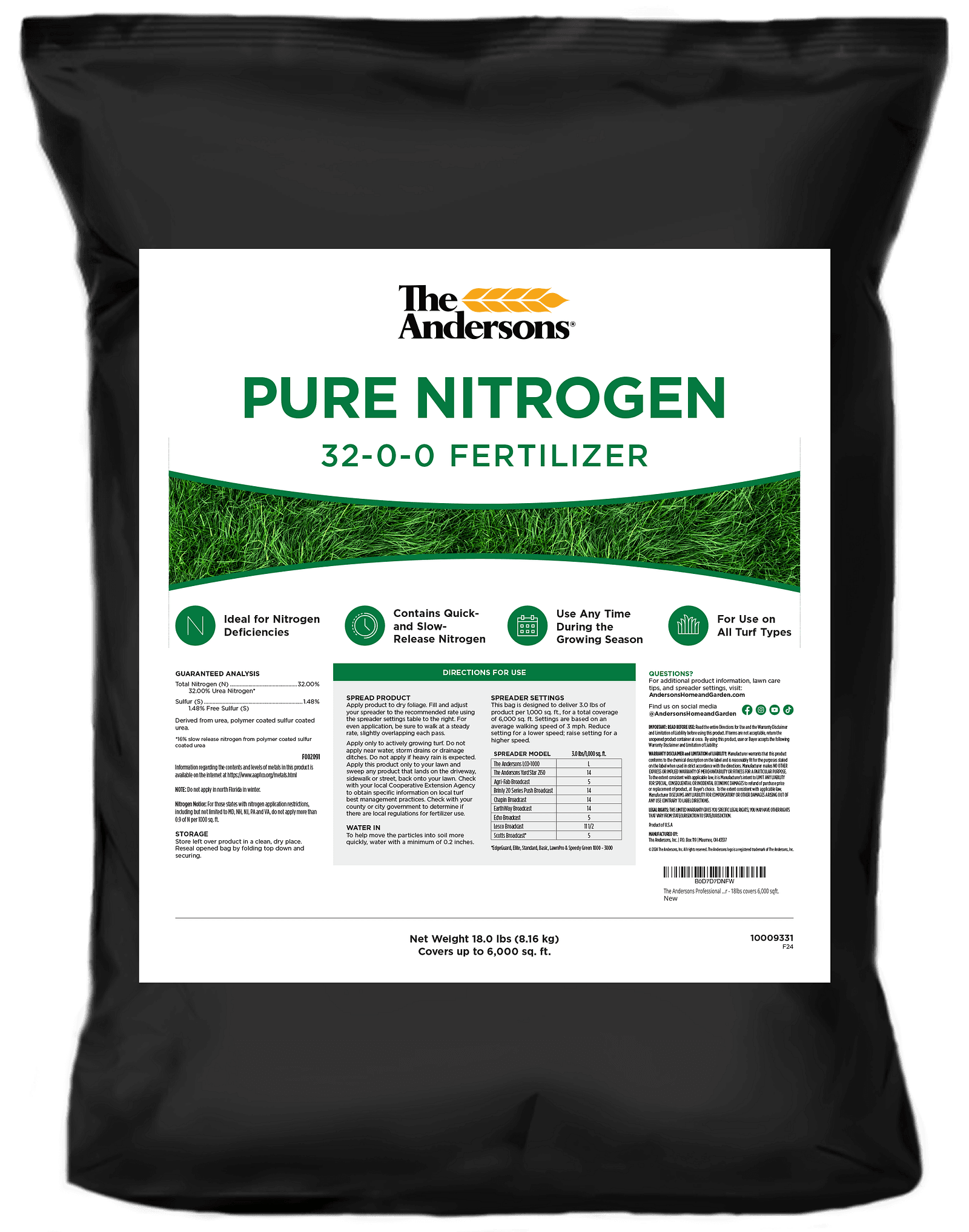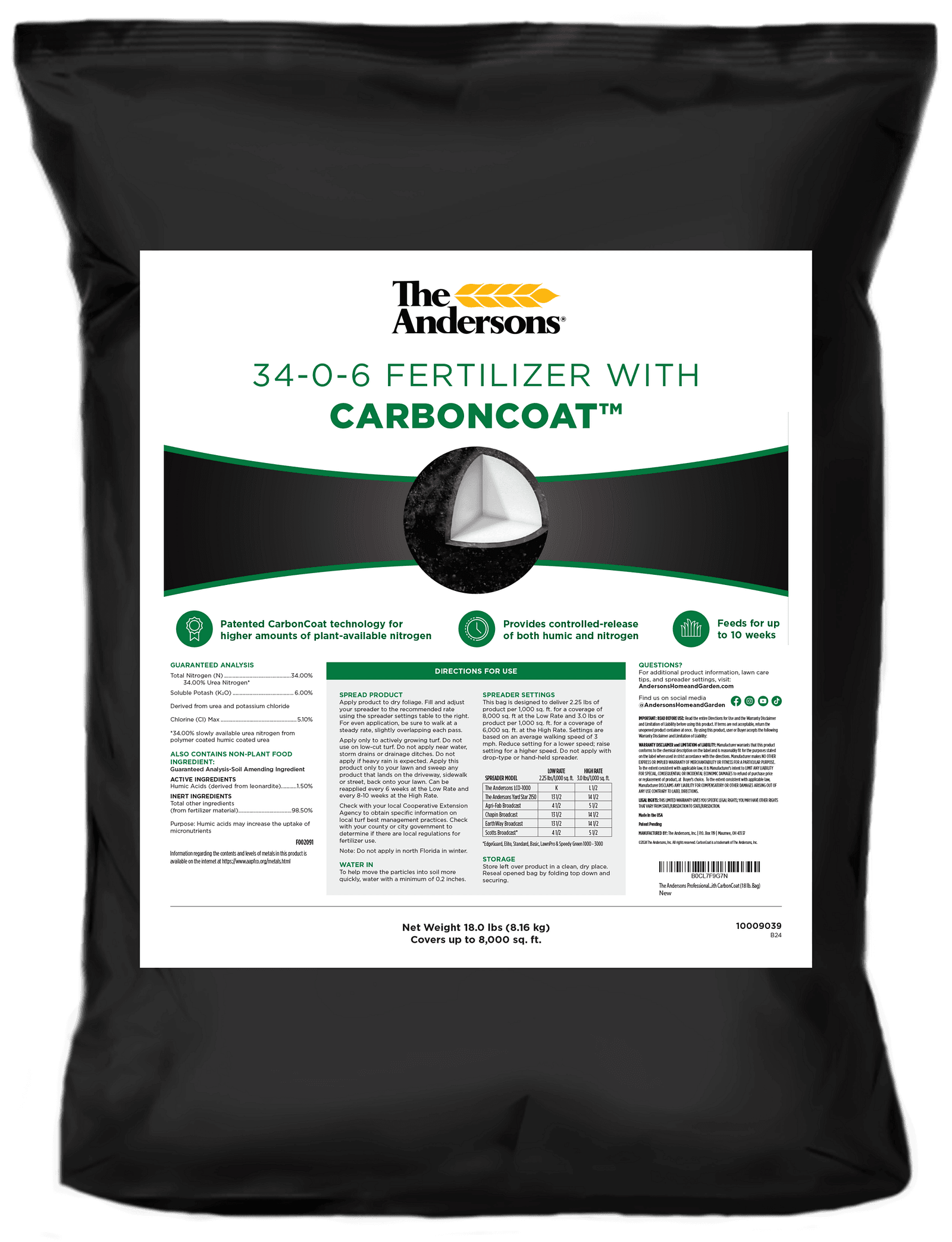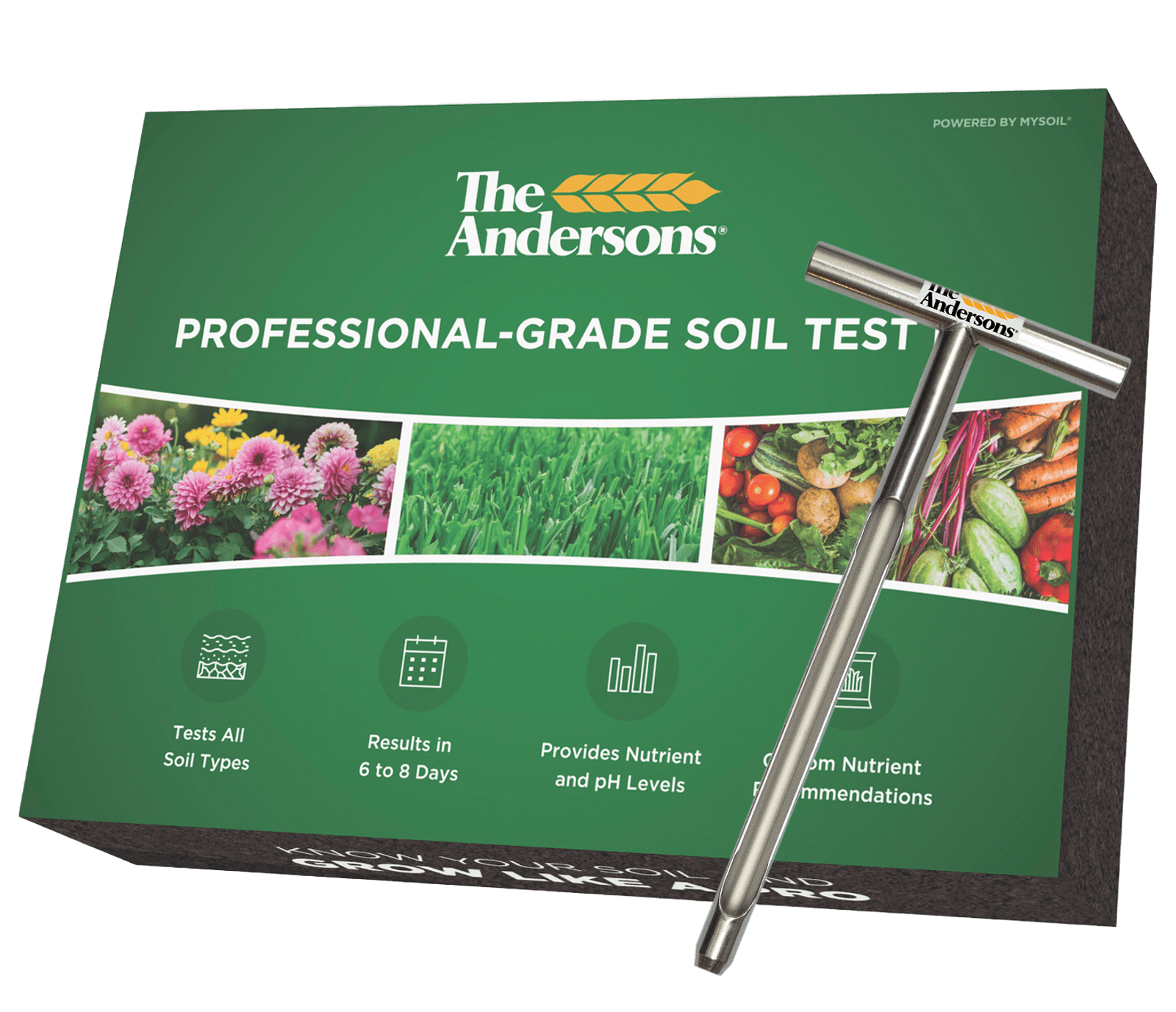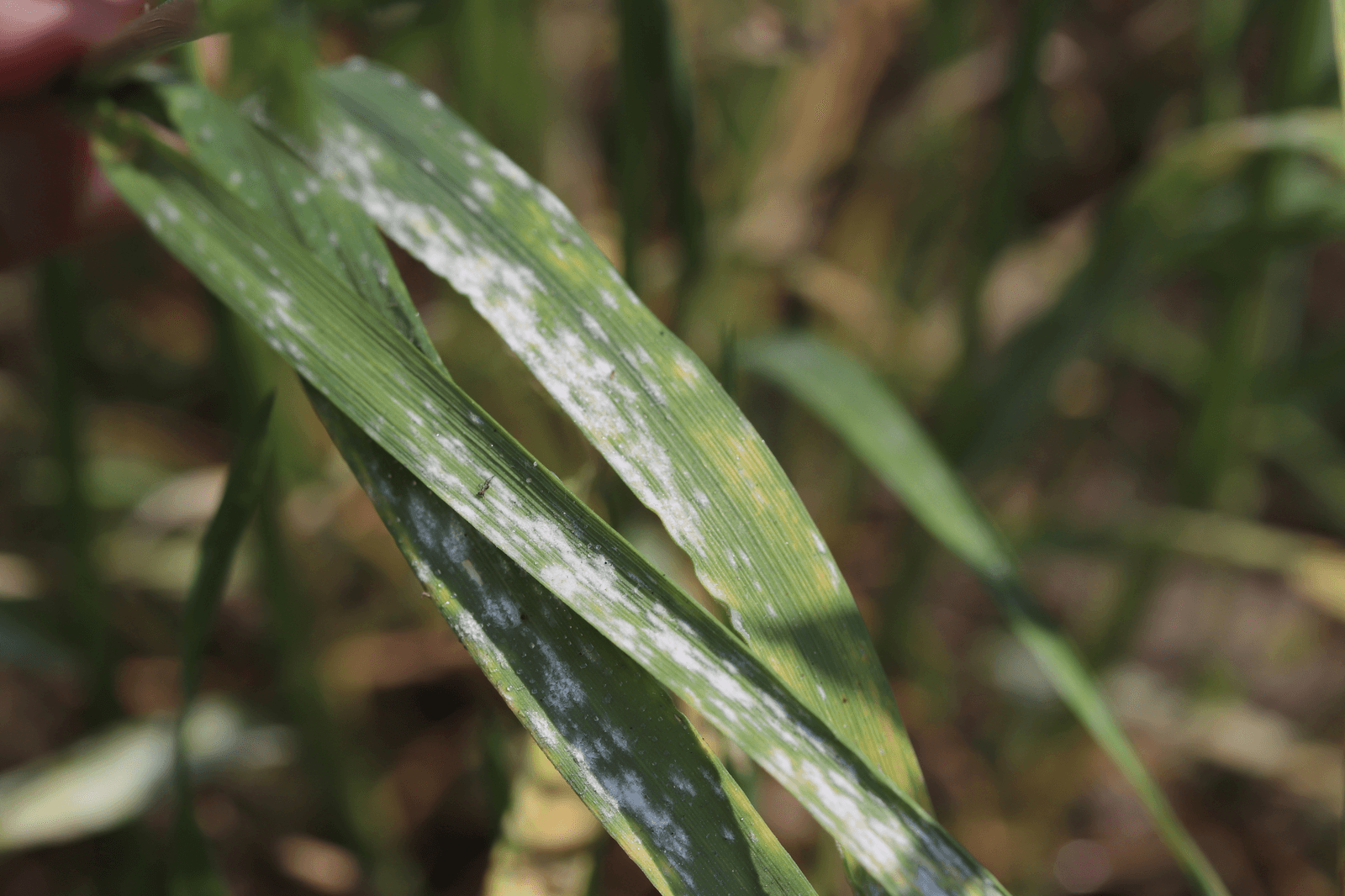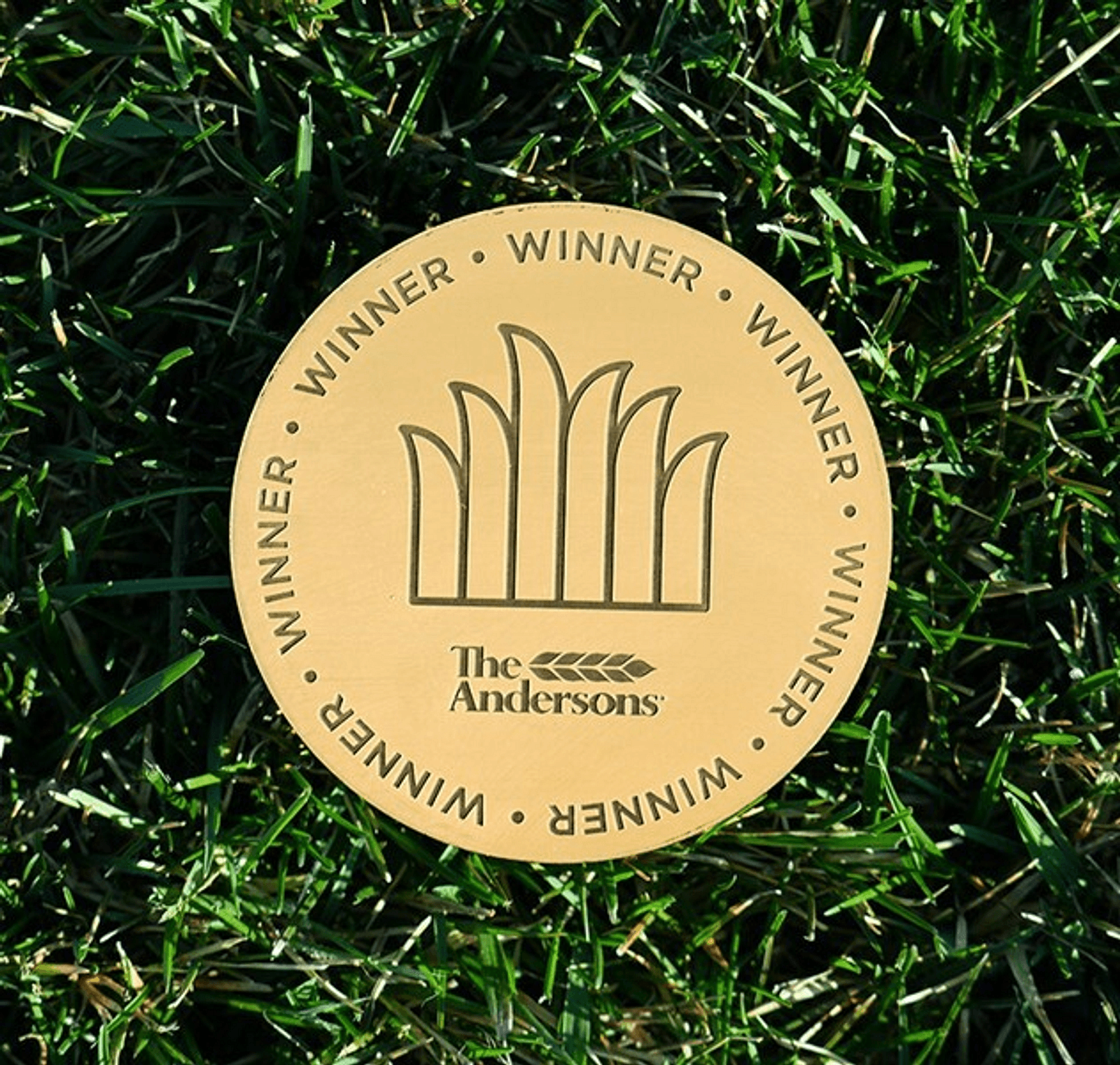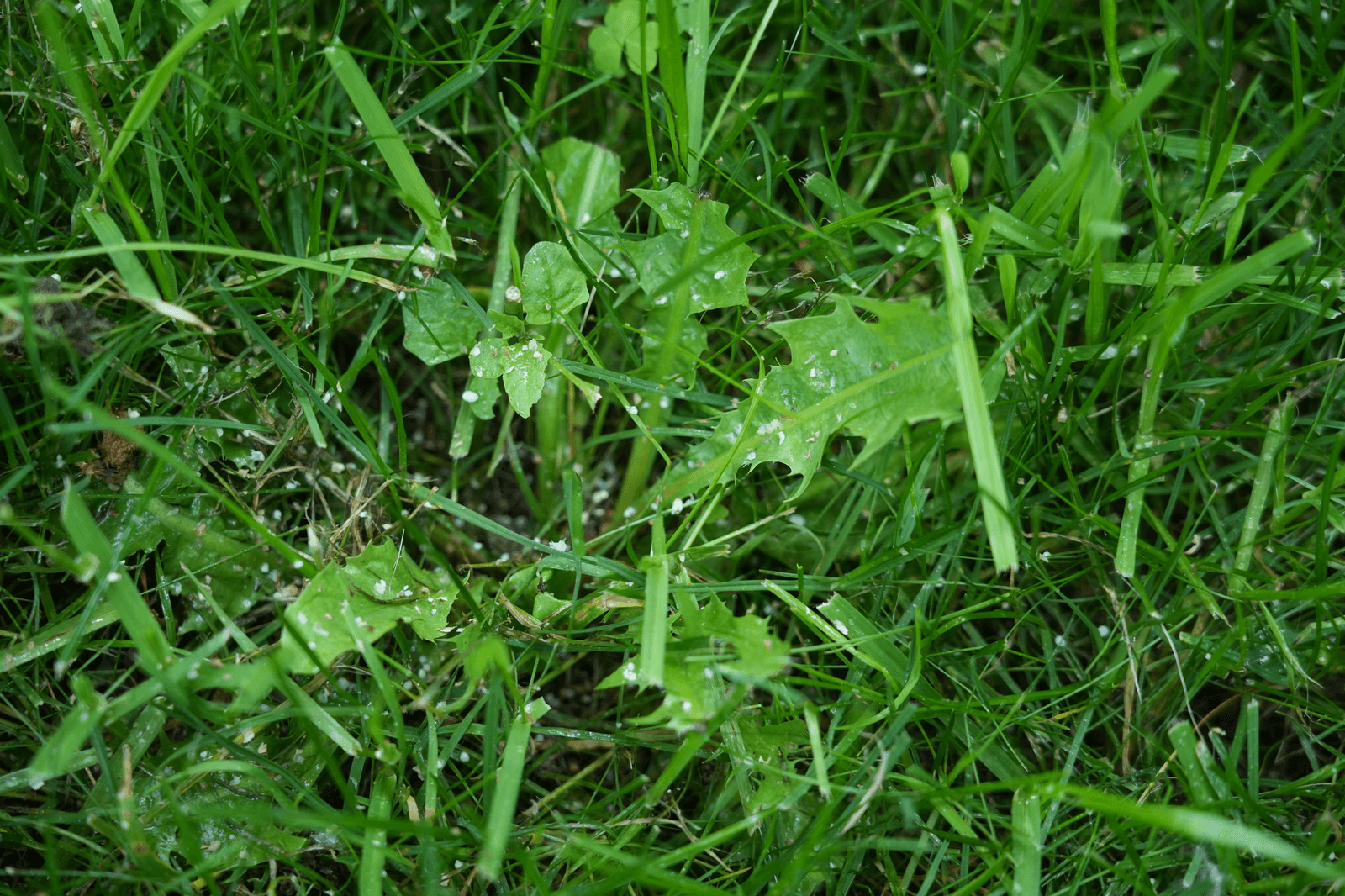A verdant, thriving lawn is more than just a patch of grass—it's a testament to good care and understanding of what your green space needs. At the heart of this care lies a crucial element: nitrogen. Often overlooked but immensely important, nitrogen plays a pivotal role in the health and appearance of your lawn. Let's dive into why nitrogen is so essential and how you can ensure your lawn gets the right amount.
Why Nitrogen Matters
Nitrogen is one of the primary nutrients that plants, including grass, need to grow and thrive. It is a key component of chlorophyll, the pigment responsible for photosynthesis—the process by which plants convert sunlight into energy. Essentially, nitrogen fuels the very process that allows your lawn to produce food and grow.
In addition to aiding in photosynthesis, nitrogen is integral to the overall vigor and color of your lawn. A nitrogen-deficient lawn may appear pale green or yellowish, indicating a lack of chlorophyll production. On the other hand, a well-fed lawn with sufficient nitrogen exhibits a deep, lush green color and robust growth.
Sources of Nitrogen
Nitrogen can come from various sources, both natural and synthetic. Here are some common sources used in lawn care:
Organic Matter: Decomposing grass clippings, leaves, and other organic materials release nitrogen as they break down. This natural process enriches the soil with nutrients over time.
Fertilizers: Fertilizers often contain nitrogen in different forms, such as urea, ammonium sulfate, or nitrate. These provide an immediate boost of nitrogen to support rapid growth and green color.
Atmospheric Nitrogen: Certain bacteria in the soil can convert atmospheric nitrogen into a form that plants can use—a process known as nitrogen fixation. Legumes like clover, often found in lawns, host these nitrogen-fixing bacteria.
Balancing Act: Applying Nitrogen Responsibly
While nitrogen is crucial, applying it in excess can lead to problems. Over-fertilization can cause rapid but weak growth, making your lawn more susceptible to diseases and pests. Moreover, excessive nitrogen can leach into groundwater or run off into nearby water bodies, contributing to environmental issues such as algal blooms.
To avoid these pitfalls, it's important to follow a few guidelines:
Test Your Soil: Conduct a soil test to determine the current nutrient levels, including nitrogen. This helps you tailor your fertilization approach based on your lawn's specific needs. Click here to learn more about soil testing.
Choose the Right Fertilizer: Select a fertilizer with an appropriate nitrogen-to-phosphorus-to-potassium (N-P-K) ratio for lawns. For instance, a 4-1-2 ratio (N-P-K) is often suitable for general lawn maintenance. If you tested your soil and you are sufficient in Phosphorus and Potassium but low in Nitrogen, apply Pure Nitrogen 32-0-0.
Timing Matters: Apply nitrogen fertilizers during periods of active growth, typically in spring and early fall. Avoid fertilizing during extreme heat or drought, as this can stress the grass.
Consider Slow-Release Options: These fertilizers release nitrogen gradually over time, providing a steady supply to the grass without the risk of leaching. CarbonCoat™ 34-0-6 is a fertilizer with all slow-release nitrogen.
Pure Nitrogen 32-0-0
The Andersons Pure Nitrogen 32-0-0 is a professional-grade fertilizer that is ideal for lawns suffering from nitrogen deficiencies. This high-quality fertilizer features a small prill size for complete and uniform coverage. Suitable for application at any time during the growing season, it ensures continuous growth and vitality. Safe for all turf types, The Andersons Pure Nitrogen 32-0-0 fertilizer provides both immediate and long-lasting nourishment to your turf for up to 8 weeks.

CarbonCoat™ 34-0-6
The Andersons CarbonCoat 34-0-6 is a professional-grade, all slow-release fertilizer made with our patented technology. By bonding fertilizer granules with a potassium humate coating, CarbonCoat technology offers clean, spherical, free-flowing granules that deliver nitrogen and humic acid simultaneously. This particular formulation also includes a polymer coating that extends the nutrient release of BOTH the humic nitrogen. This synchronized nutrient delivery system is unlike traditionally blended slow-release fertilizers where humic is released upon the initial application and the nitrogen continues to release for weeks after. CarbonCoat's gradual nutrient release feeds for up to 10 weeks, resulting in more uniform growth and higher plant-available nitrogen compared to blended fertilizers or separate applications of fertilizer and humic. Click here to learn more about CarbonCoat.
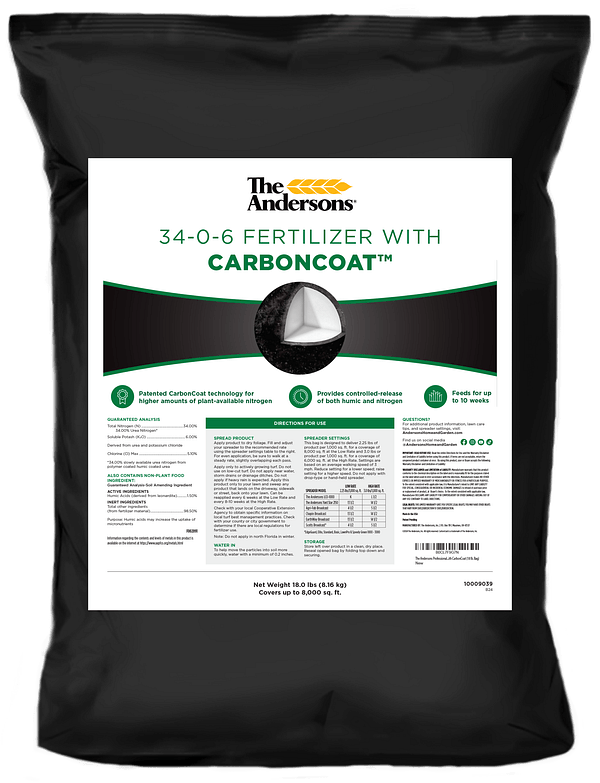
Understanding the role of nitrogen in your lawn is crucial for maintaining its health and appearance. By ensuring your lawn receives adequate but balanced nitrogen, you not only promote lush green growth but also contribute to the overall sustainability of your outdoor environment. With responsible practices and a bit of knowledge, you can enjoy a lawn that's not just green, but thriving.
Click here to read more about macronutrients in the lawn.
Click here to read about micronutrients in the lawn.
